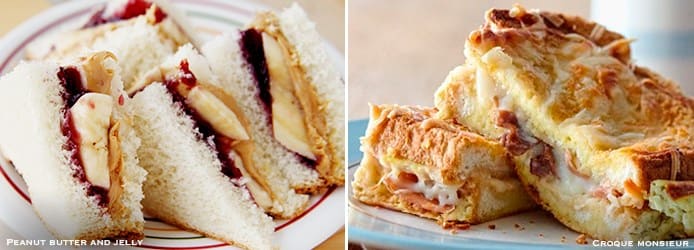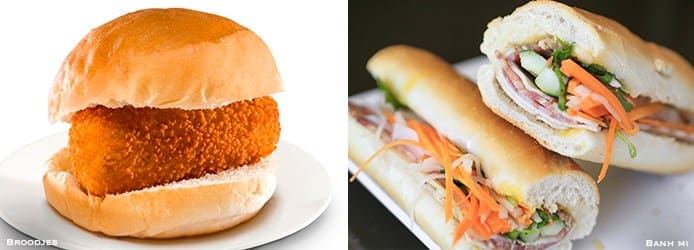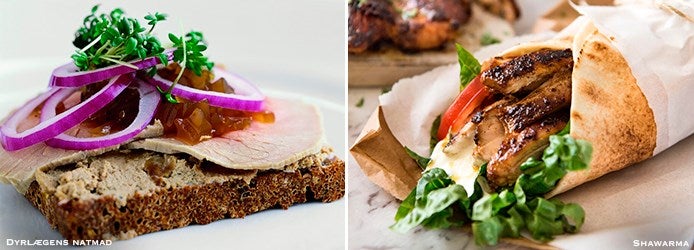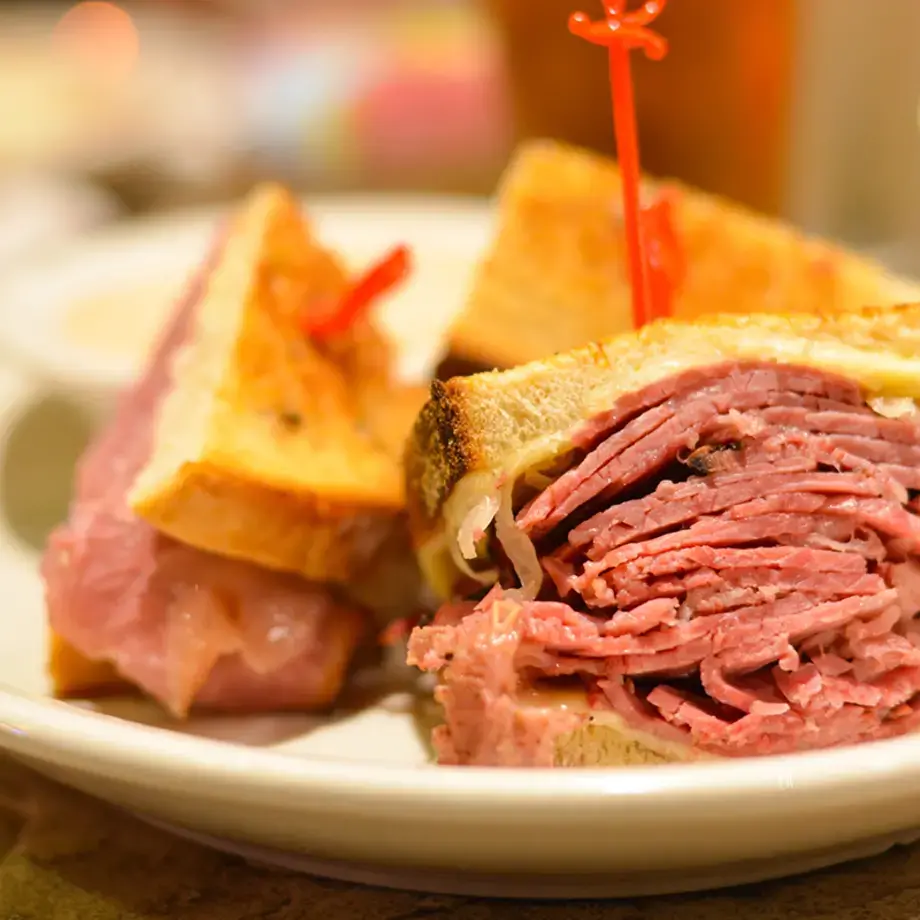The beauty of the sandwich is that you can invent your own. It is almost certainly of doubtful authenticity to attribute the “invention” of the sandwich to John Montagu, 4th Earl of Sandwich who, as the story goes, wished to consume his meat one-handed while still at the gambling table, and so stuck it between two slices of bread. The Earl would eat these meat-between-bread contraptions, so he wouldn’t have to stop gambling, and his peers would order their servants to prepare “the same as Sandwich,” hence the name.
While there is no doubt that the Earl have had his name associated with what he ate, it was surely available long before. It is very convenient to wrap a protein, sauce and side in the relatively clean and filling envelope of some grain-based baked good, be it a wrap or two slices of bread.
We’ll take a look at traditions of sandwiches and their close cousins from around the world. Just don’t forget the mayo…
American Peanut Butter and Jelly Sandwich
How do I choose only one “American” sandwich, when there are so many regional variations that come to mind? This strikes me as particularly American, since peanut butter is an American invention, patented in 1895 by the Kellogg brothers, who made a spreadable paste out of steamed peanuts. For American children, this is the go-to staple, more common than the club sandwich or the BLT (bacon lettuce and tomato).
French Croque Monsieur
Two slices of bread, surrounding ham and cheese, with a melty cheese and béchamel on top, then fried or baked: this would not be on the Earl’s one-handed list of options, but it sure is good.














